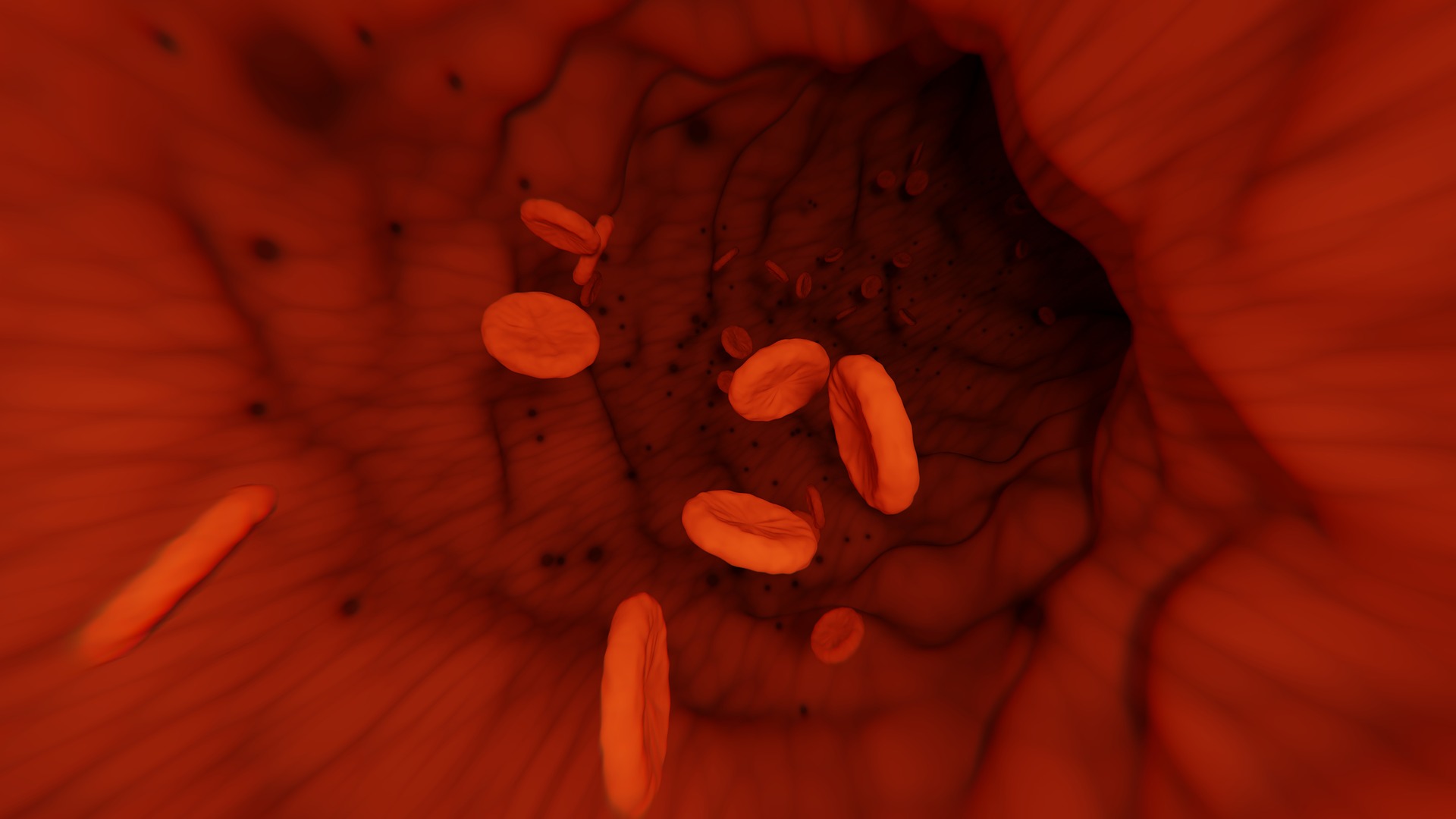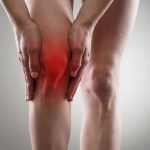
Fibrinogen (Fib) and fibrin are key components of the blood clotting process, forming a critical part of the hemostatic system. They play crucial roles in preventing excessive bleeding and promoting wound healing. Understanding the structure and functions of fibrinogen and fibrin is essential for comprehending the coagulation cascade and various related clinical conditions.
Fibrinogen
One fascinating fact – fibrinogen is the third most abundant blood plasma protein after albumin and immunoglobulins. It is present in blood plasma at a circulating concentration of between 1.5 and 5.5 mg/mL under typical physiological conditions.
- Structure:
- Fibrinogen is a large glycoprotein (340kDa) composed of six polypeptide chains: three pairs of non-identical chains named Aα, Bβ, and γ.
- The three pairs are linked together by disulfide bonds, forming a complex structure.
- Fibrinogen has a central region known as the E region, which is critical for its polymerization into fibrin.
- Synthesis and Circulation:
- Fibrinogen is produced in the liver and released into the bloodstream.
- In its inactive form, fibrinogen circulates freely in the blood plasma.
- Role in Blood Clotting:
- Fibrinogen is a crucial component of the coagulation cascade, a series of events that lead to the formation of blood clots.
- During blood vessel injury, clotting factors are activated, leading to the conversion of fibrinogen into fibrin.
- Activation:
- The activation of fibrinogen is a central event in blood clot formation. It is triggered by thrombin, an enzyme generated during the coagulation cascade.
- Thrombin cleaves specific peptides from fibrinogen, exposing binding sites for fibrin monomers.
- Fibrin Formation:
- Activated fibrinogen is now referred to as fibrin monomers.
- Fibrin monomers spontaneously assemble into a polymerized structure known as fibrin polymers or fibrin strands.
- The polymerization process is stabilized by factor XIII (fibrin-stabilizing factor) that crosslinks fibrin strands, forming a stable fibrin clot.
- Role in Platelet Aggregation:
- Fibrinogen also plays a role in platelet aggregation. It has binding sites for platelets, and the interaction between fibrinogen and platelets contributes to the formation of a stable blood clot.
Fibrin
- Structure:
- Fibrin is the insoluble, fibrous protein formed during the final stages of the coagulation cascade.
- It consists of long, thin fibrin strands formed by the polymerization of fibrin monomers.
- Cross-linking of fibrin strands occurs through the action of factor XIII, forming a three-dimensional meshwork.
- Role in Clot Formation:
- Fibrin is the primary structural component of blood clots. It provides the framework for the clot, entrapping blood cells and sealing the injured vessel.
- The fibrin clot is essential for preventing excessive bleeding, maintaining vascular integrity, and facilitating tissue repair.
- Degradation:
- Once the clot has served its purpose, fibrin needs to be removed to restore blood flow and tissue function.
- Fibrinolysis is the process by which fibrin is broken down. Plasmin, a proteolytic enzyme, is responsible for cleaving fibrin into smaller fragments during fibrinolysis.
- Clinical Implications:Fibrinogen (and fibrin) has a prominent role in artherogenesis and inflammation generally. Plasma levels of fibrinogen rise rapidly in response to pro-inflammatory biomolecules such as interleukin-6 and other cytokines.
Abnormalities in fibrinogen can lead to bleeding disorders or thrombotic conditions. These include various pathological conditions such as cardiovascular diseases, atherosclerosis, cancer and rheumatoid arthritis.
- Fibrinolysis dysregulation can result in conditions such as deep vein thrombosis (DVT) or pulmonary embolism.
- Measurement of fibrinogen levels, along with other coagulation parameters, is essential in diagnosing and monitoring various medical conditions. It is a highly valuable early-phase disease marker.
Clinical Applications:
- Fibrinolytic Therapy:
- Fibrinolytic agents, such as tissue plasminogen activator (tPA), are used in clinical settings to dissolve blood clots. This approach is employed in conditions such as acute myocardial infarction or ischemic stroke.
- Diagnostic Tests:
- Fibrinogen levels can be measured through laboratory tests, such as the fibrinogen assay, to assess coagulation status and diagnose clotting disorders.
In summary, fibrinogen and fibrin are integral components of the hemostatic system, playing key roles in blood clotting and wound healing. The conversion of fibrinogen to fibrin is a critical step in the formation of a stable blood clot, and the subsequent fibrinolysis ensures the removal of the clot once it is no longer needed. Understanding these processes is vital for managing clotting disorders, thrombotic conditions, and other related medical issues.

Leave a Reply